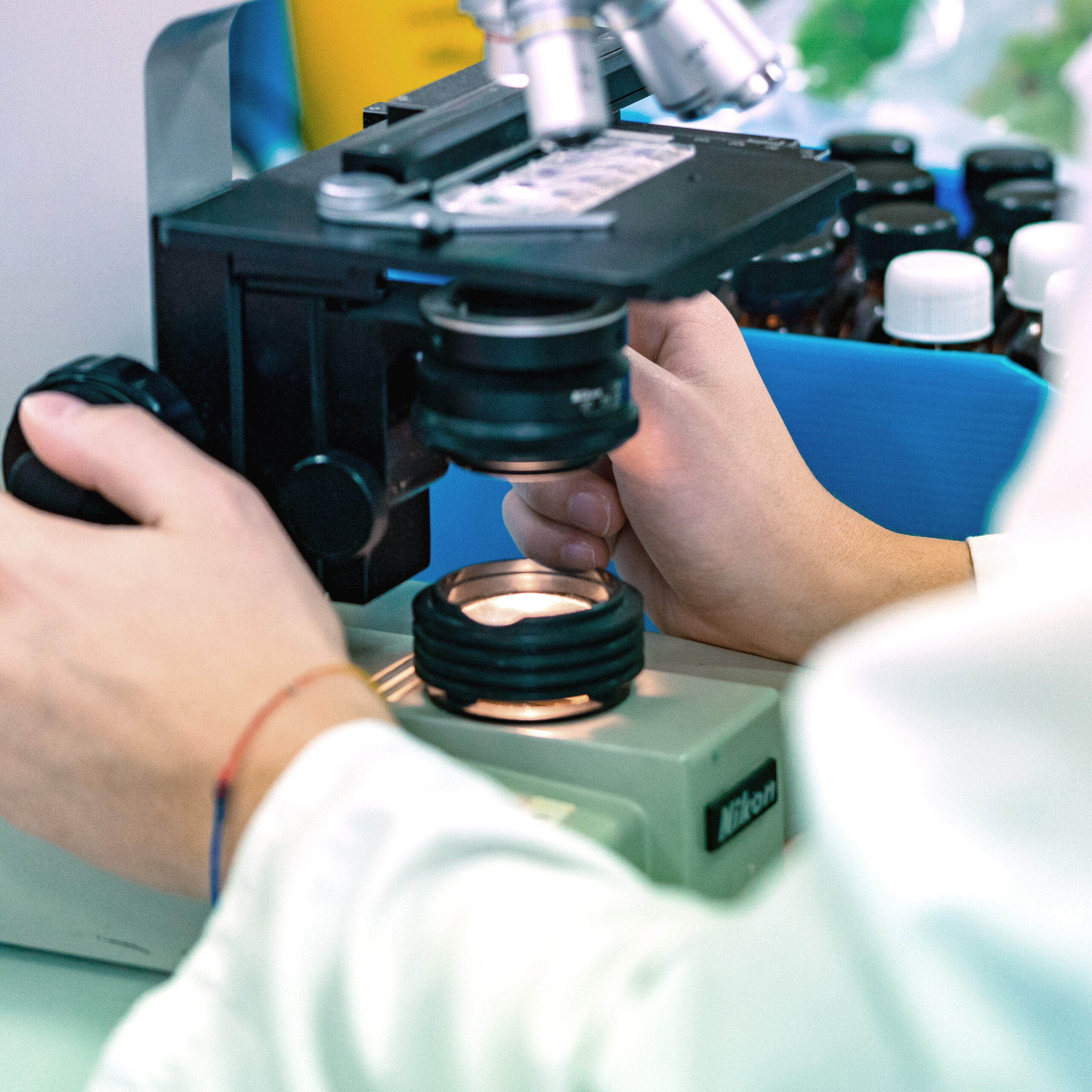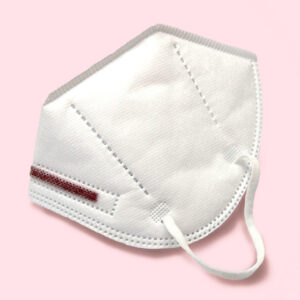Analyze the presence of mold in the air by a microbiological laboratory
Assess microbiological air quality to protect human health in indoor environments.
What molds and other invisible microbes are present in the air we breathe?
Indoor air can be a reservoir for a variety of micro-organisms, often invisible to the naked eye. Among these, mold, bacteria and viruses are the most common. These microbes can come from many sources, including building materials, furnishings, human activity or be brought in from outside.
Molds
In buildings, moulds are microscopic fungi that grow as dark spots on various surfaces, particularly at high humidity levels. They produce spores that disperse into the air, contributing to a deterioration in air quality and potentially affecting respiratory health, especially in children and sensitive individuals.
Bacteria
Bacteria are micro-organisms that can multiply in buildings under damp environmental conditions. They can also be produced by human activity (team meetings, etc.), and their excessive presence can lead to health problems such as respiratory infections and allergies.
Viruses
Viruses are microscopic particles that can only reproduce by infecting the cells of a host, using its cellular resources to multiply. Their presence can lead to respiratory illnesses such as Covid-19 or the flu.
The solution: call in a microbiological laboratory to analyze air quality!
To detect and analyze microscopic living organisms, the microbiological laboratory has specific equipment and technicians trained in both traditional microbiological techniques and innovative molecular biology techniques.
In practice, an air sample runs through a defined process to obtain the desired information:

Sample registration in the microbiological laboratory
To guarantee the safety of our analyses, each sample received by the microbiological laboratory is recorded to ensure traceability right up to the delivery of results. This traceability is a guarantee of quality, ensuring the security of information transmitted to the customer.
Mold treatment and analysis
Samples come in a variety of formats (petri dishes, swabs, wipes, liquids, etc.) and require processing before they can be analyzed. This treatment, whether by culturing on growth media or by extracting DNA for molecular biology tests, makes the invisible visible, and enables the detection of elements not visible to the naked eye.
Quantify molds, bacteria and micro-organisms
Analysis of sample results enables us to count and quantify molds, bacteria and other micro-organisms present in the air, on surfaces or in materials/products. These analyses can be complemented by micro-organism identification to characterize the nature of the pollution. Methods used include visual observation for molds and molecular biology (PCR or qPCR) for all micro-organisms.
Air quality analysis process in our microbiological laboratory
Whether you’re looking to improve air quality, or to understand a building problem that could lead to health problems for employees, an assessment of mold and bacteria levels in the air is a crucial step in the decision-making process.
Our laboratory is committed to raising awareness of the importance of microbiological air analysis in the workplace.
1. Preparing to measure air quality
Preparations for an air quality measurement are made well in advance. Before the D-day, discussions are initiated with the laboratory to determine the quantities of sampling media required, as well as the PPE (Personal Protective Equipment) needed to protect the technician from potentially toxic molds. Where possible, a sampling plan is drawn up in advance to facilitate on-site work.
2. Sampling for mold, bacteria and other micro-organisms
Every situation is unique, and the on-site technician is trained to understand it. He adjusts the sampling plan based on site observations and discussions with the customer. He can sample air, surfaces or materials. These samples provide a complete picture of mold, bacteria and other micro-organism concentrations, enabling precise interpretations to be recorded in the report.
3. Microbiological laboratory analysis
At the end of the measurements, the technician returns to the laboratory to deposit the samples. Analyses are carried out by the laboratory, which uses the most advanced techniques to quantify and identify molds and other micro-organisms present in various matrices, such as air, surfaces or materials. Analysis times depend on the method used and can range from a few hours to several weeks.
4. Interpretation of laboratory results and data
At the end of the microbiological laboratory tests, an engineer interprets all the results and data to determine the levels of mold and bacterial pollution in the air, and to provide interpretations of the results. This analysis translates scientific data, often abstract to the untrained eye, into a language that everyone can understand. The intervention report therefore includes all observations, results and interpretations specific to the building inspected.
Conidia Coniphy, the laboratory specializing in microbiological air analysis
At Conidia Coniphy, we specialize in microbiological air analysis to ensure a safe and healthy environment. Our expertise enables us to detect and quantify mold, bacteria and other micro-organisms present in air, surfaces or materials.
Using advanced techniques such as visual observation and molecular biology (PCR and qPCR), we precisely identify sources of microbial pollution.

Choose our microbiological analysis laboratory for reliable analysis and optimum air quality
When you choose Conidia-Coniphy, you choose a partner you can trust to ensure the quality of your environment. Our services are essential in preventing the health risks associated with poor air quality. By quickly detecting microbiological pollutants, we can help you take effective corrective action.
Whether you’re concerned about your health and/or a company wishing to comply with hygiene standards, our laboratory puts its know-how and cutting-edge technologies at your disposal.
Contact us for a precise diagnosis and solutions tailored to your needs.

Our solutions associated with microbiological analysis of air
Microbiological tests on air purifiers and filters
Analysis of mold and air quality in offices
Let's work together !
If you have any needs or questions about environmental microbiology, contact us and we'll provide you with the answers you need.
